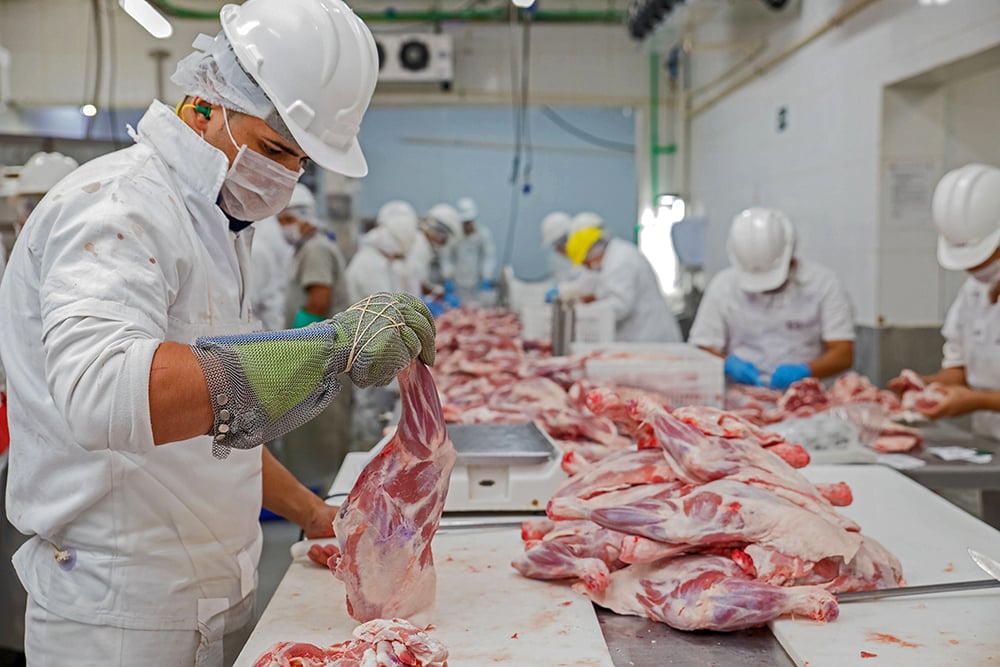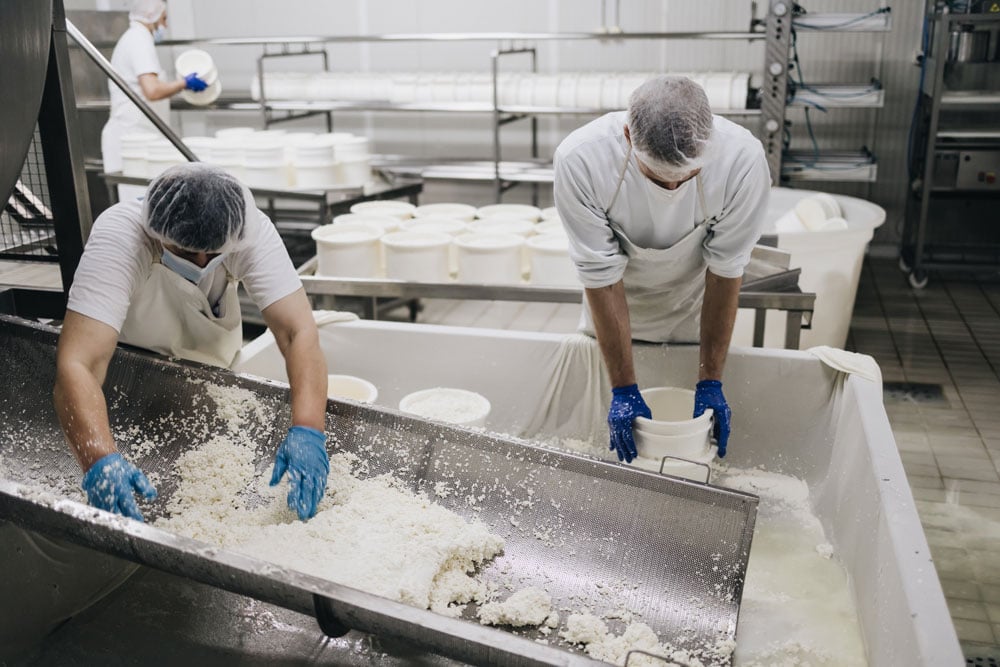According to a 2021-2022 survey by the American Pet Products Association (APPA), about 70 percent of American households own a pet. For many Americans, their pet is more than just what the term implies; they are beloved members of the family, and owners always want to give them the best things possible. That includes making sure they have safe, high-quality food.
Like human food, pet food goes through a careful production process, using specialized pet food production equipment. Here is what you need to know about pet food production, including how it is made and what equipment plays a role in the production process.
How Pet Food is Made
Pet food comes in two primary forms: wet and dry. There are more options in these two main categories, each requiring somewhat different ingredients and production processes.

Wet Food Production
Most ingredients that go into wet pet food production are considered animal or fish derivatives and by-products. These derivatives and by-products include the parts of the animal typically not used in the human consumption food industry. This includes parts like the liver, kidneys, lungs, and other meat by-products. Pet food production companies are also permitted to use ingredients legally defined as meat, like muscle meats, to make their products. Other ingredients include cereals, oils, fats, vitamins and minerals, pasta, grains, vegetables, and water.
Specific ingredients are selected depending on each recipe. Each recipe also considers the pet's species, age range, and size. Some recipes add a mixture of water, thickening agents, and flavoring to help form jellies and gravies during the cooking process. Once the ingredients are mixed, they can go into the can, pouch, or tray and enter the cooking process, which involves carefully controlled temperatures.
After the products are cooled and labeled, they are packed into boxes and stored in warehouses. From there, they are either sold directly to consumers or sent to stores.
Dry Food Processing
While the ingredients in dry pet food are the same as in wet pet food, the animal derivatives and by-products for dry food are commonly used in meal form, like chicken meal. Dry food also includes cereals, grains, vegetables, and wet ingredients like oils, fats, vitamins, and minerals that help ensure pet food meets the correct nutritional needs. These ingredients are measured based on the various recipes and sent to mixers to create the dry food.
The dry ingredients are mixed with the wet ingredients, water, and steam, rehydrating the powders and creating a dough. The dough is sent to an extruder. The extruder uses high pressure to cook the dough which exits through a die-cutter that creates the kibble pieces in the desired shapes and sizes. After the extrusion process, the kibble is air-dried in an oven to remove any remaining moisture, and then left to cool.
Once cooled and dry, the kibble goes into a revolving drum to get coated with flavoring and preservatives to prevent spoilage. Finally, kibble is put into packaging, which gets labeled, sealed, and sent to storage and distribution.
Essential Pet Food Production Equipment
Many pieces of equipment go into pet food production. Here are a few of the important pieces and what they do:
 The extruder is an essential part of the dry pet food production process. Raw kibble dough is fed into the extruder and pushed through the tubing. A combination of heat and pressure cooks the dough to an appropriate temperature. At the end of the extrusion process, the dough is pushed through a connected die cutter that cuts it into various kibble shapes.
The extruder is an essential part of the dry pet food production process. Raw kibble dough is fed into the extruder and pushed through the tubing. A combination of heat and pressure cooks the dough to an appropriate temperature. At the end of the extrusion process, the dough is pushed through a connected die cutter that cuts it into various kibble shapes.
Retort (Heat and Steam Chamber)
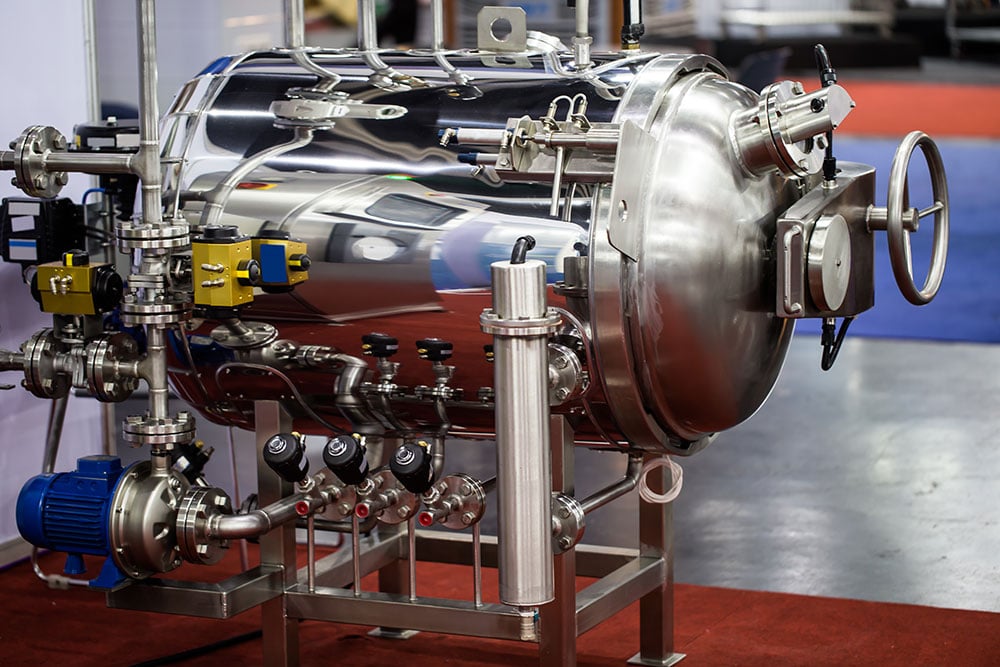
Unlike dry food, wet food is poured into its packaging and then vacuum-sealed before going through a retort chamber. The retort chamber uses high heat and steam to sterilize and cook the wet food to an appropriate temperature, eliminating pathogens like Salmonella and E. coli.
Vernier Caliper
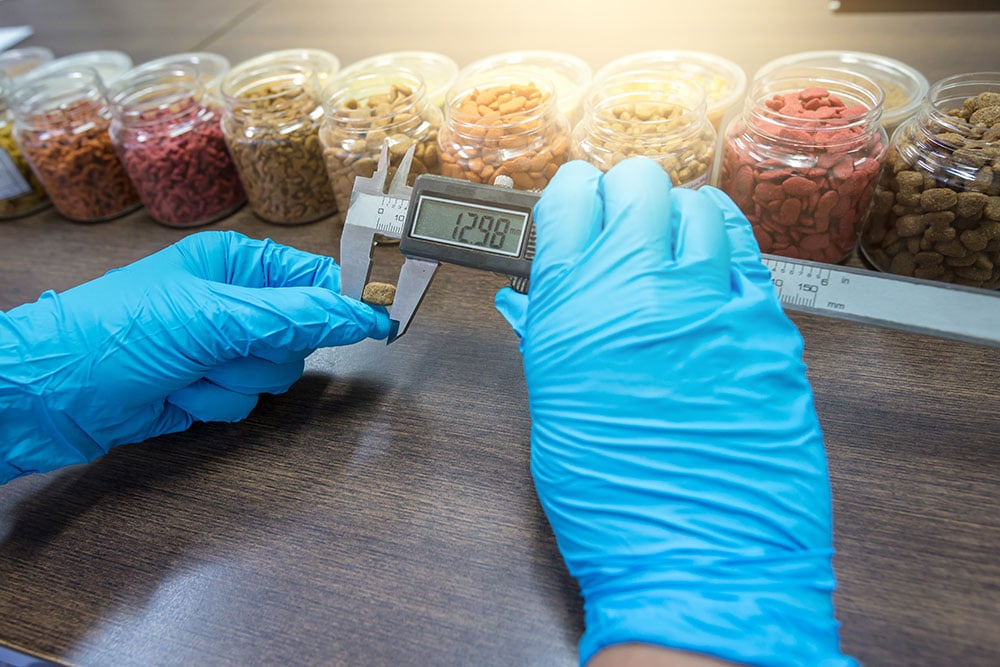 A Vernier Caliper is a hand-held piece of equipment used to measure dry pet food. It takes precise measurements of pieces of kibble to ensure the food is an appropriate and uniform size for the specific formula in question. It eliminates the potential for human error to ensure the most accurate measurements possible.
A Vernier Caliper is a hand-held piece of equipment used to measure dry pet food. It takes precise measurements of pieces of kibble to ensure the food is an appropriate and uniform size for the specific formula in question. It eliminates the potential for human error to ensure the most accurate measurements possible.
Conveyor Belts
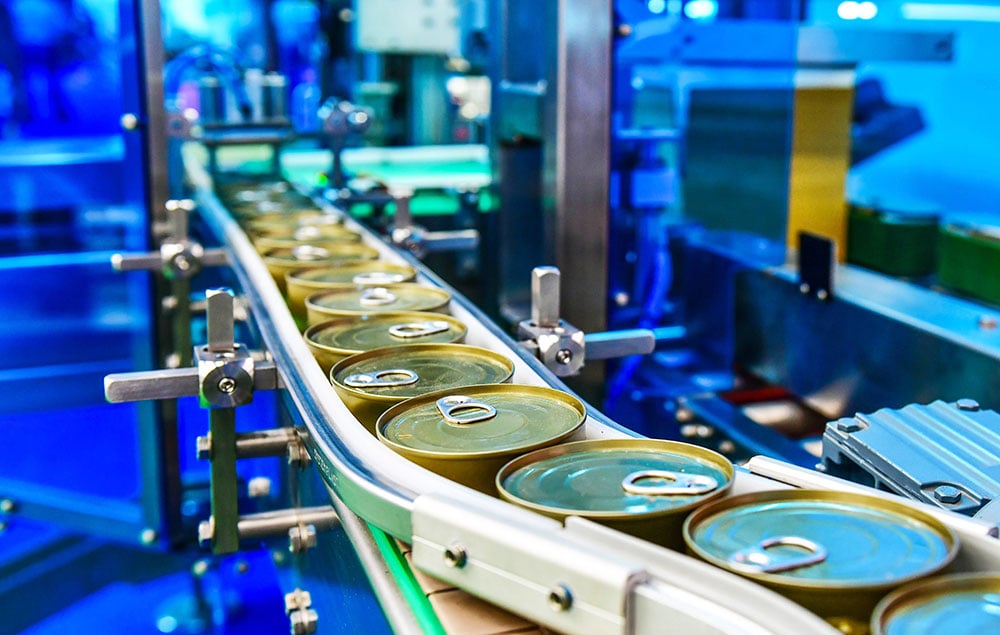 Conveyor belts are essential in transporting products between different areas of a facility quickly and efficiently. Conveyor belts can also work with other pieces of equipment to allow products to move through certain steps of the production process much faster.
Conveyor belts are essential in transporting products between different areas of a facility quickly and efficiently. Conveyor belts can also work with other pieces of equipment to allow products to move through certain steps of the production process much faster.
Drainage
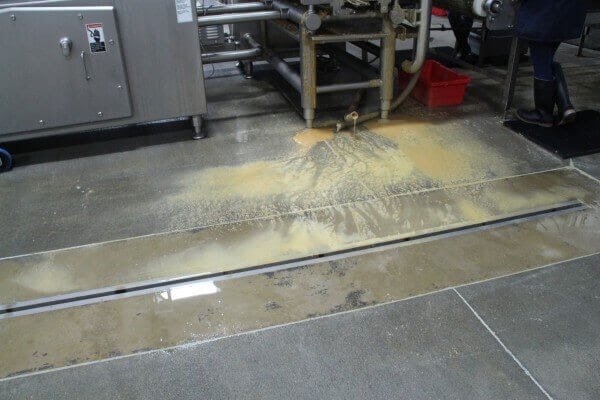
While not directly a part of the production process, an effective drainage system is critical to maintaining a safe and sanitary facility. The Slot Drain from FoodSafe Drains is a grate-free, NSF-certified system designed for human and animal food production facilities. The system uses high-quality stainless steel and is easy to maintain, making it an excellent option.
Giving Pets the Right Food Starts With the Best Production Equipment
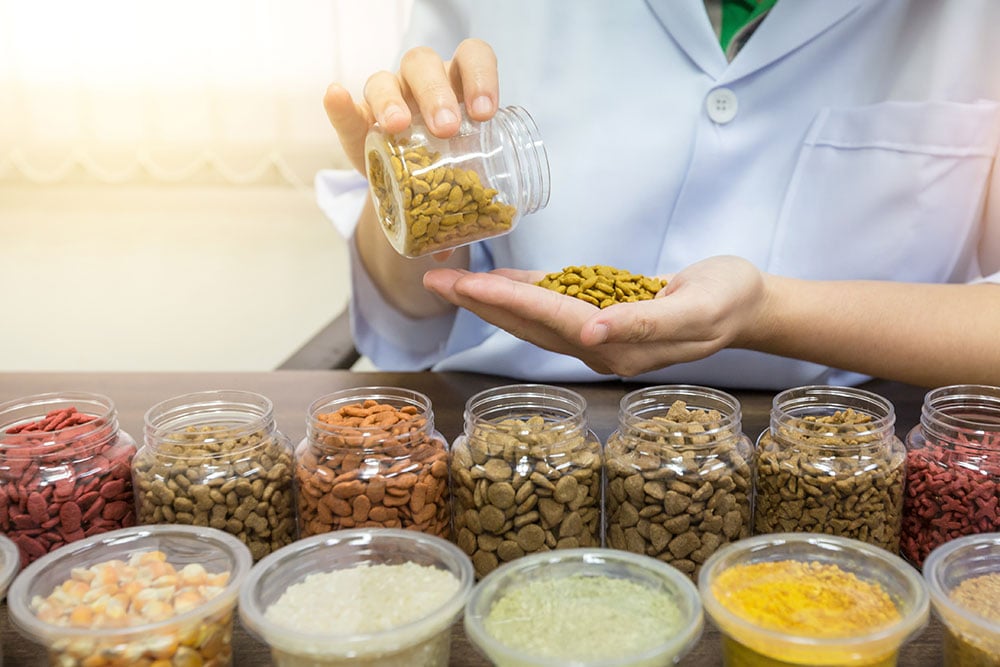
While the ingredients in pet food differ slightly, the overall process isn't all that different from human food. It involves careful ingredient sourcing and a production process that takes safety and sanitation seriously. Just as human food manufacturers want the best equipment in their facility, the same can be said for pet food production facilities. One vital piece of pet food production equipment is the drainage system.
For the best, look no further than FoodSafe Drains. Contact us today to learn more about the 10,000 Series Slot Drain System and what makes it different from other systems on the market.

